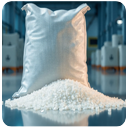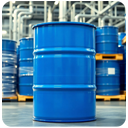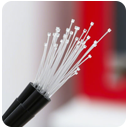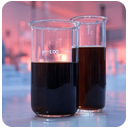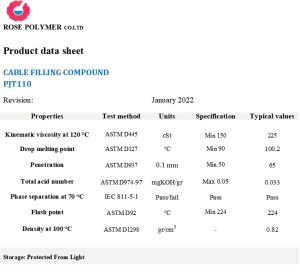Cable jelly
Cable Filling Compound
Cable jelly is a homogeneous mixture of various polymers and refined hydrocarbons that is well compatible with other components of telecommunication cables.
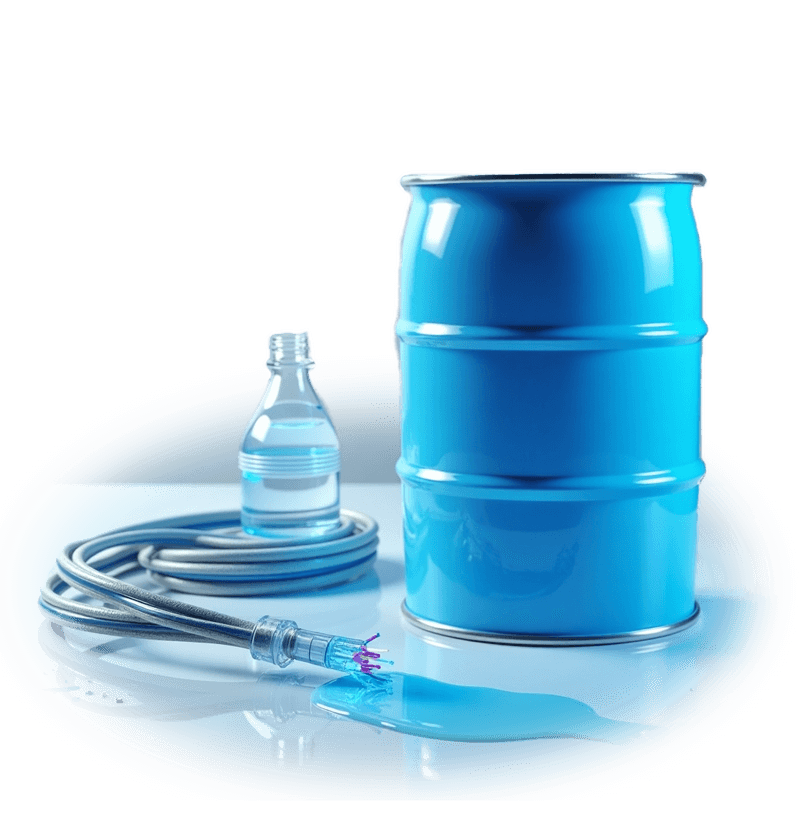

Long-term performance
Ability to fill all cable openings evenly and effectively, while maintaining quality over time.

Perfect compatibility with cable components
Production in accordance with ISO 14001 requirements and without substances harmful to nature or humans.

Volumetric stability under temperature changes
Special formulation with minimal volume and density changes against temperature fluctuations.

Water and moisture resistance
By completely filling the cable's interior, the Rospolymer cable jelly prevents water and moisture from penetrating, even if the body is damaged.
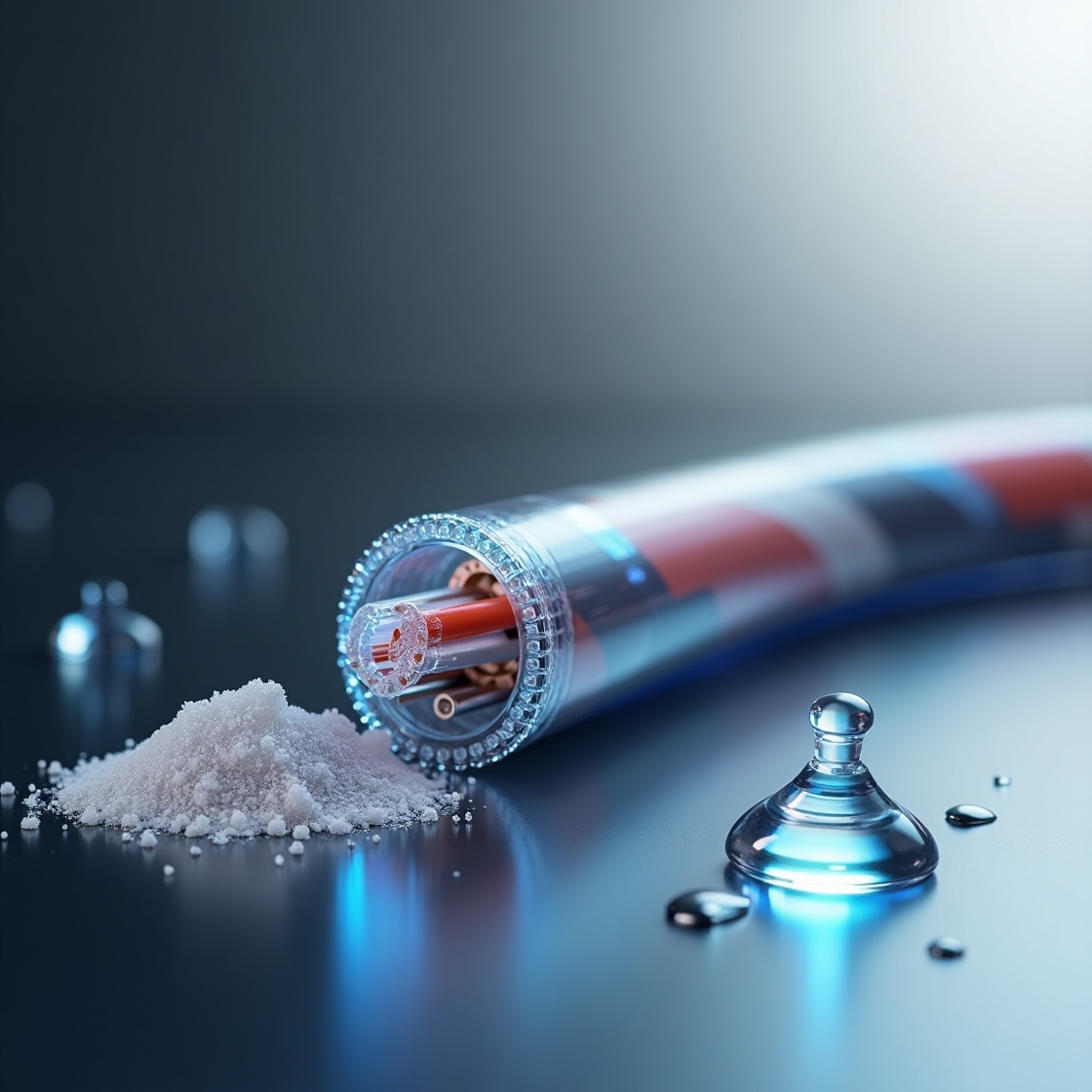
Rose Polymer Products
Cable jelly
Cable jelly is a homogeneous mixture of various polymers and refined hydrocarbons that is well compatible with other components of telecommunication cables.
This product is used as a filler in telecommunication cables to prevent:
Water and moisture penetration into the cable in case of damage to the body.
This product is highly effective in filling all cable pores due to minimal changes in volume and density with temperature changes. .
Some of the unique features of this product are as follows:
- It is completely homogeneous and has high flexibility.
- It has good electrical properties.
- It has the lowest volume reduction after the cable cools down. (Low shrinkage)
- It has high compatibility with other cable components such as polyethylene.
- It is non-toxic.
- It is stable against oxidation.
Rose Polymer Products
Cable jelly applications
Cable gel is used as a filler in telecommunication cables (such as fiber optic cables or copper cables).
Its main purpose:
Preventing water and moisture ingress: If the outer sheath of the cable is damaged (for example, due to cuts, tears, or wear), cable gel fills the empty spaces inside the cable, preventing water and moisture from entering. This feature is very important, because moisture can cause corrosion of conductors, reduce signal transmission quality, or even completely disconnect the cable.
Mechanical protection: As a protective layer, cable gel prevents the movement and displacement of the internal components of the cable (such as fiber optic strands or copper wires) against mechanical stress or vibrations.
Increasing cable life: It increases the useful life of the cable by reducing the destructive effects of the environment.
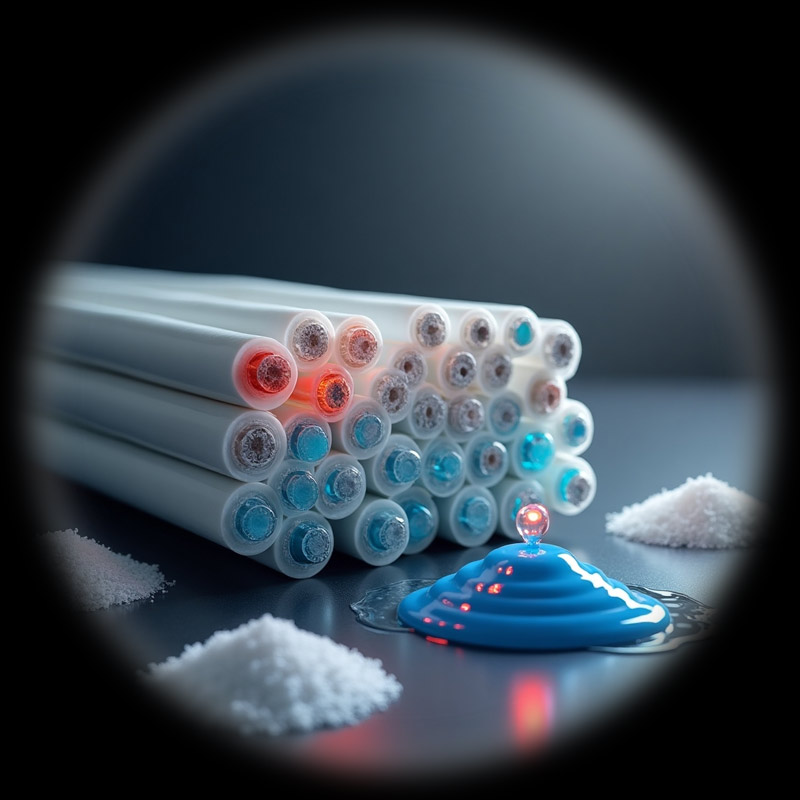
Rose Polymer Products
Cable jelly packaging
Rosplyms Company is able to produce different grades of this product, suitable for the climate of each region, in accordance with the country’s telecommunications standards and customer requested features.
Packaging
Various types of telecommunications cable filler jelly are packaged in ring drums weighing 170 kg.
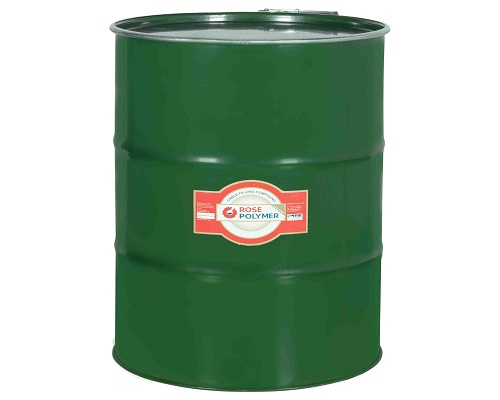
Key Features of Cable Gel
Hydrophobicity: Cable gel is completely water-resistant and prevents water from coming into contact with the conductors even if water penetrates the cable.
Flexibility: This material maintains its flexibility at different temperatures (from extreme cold to high heat) and does not crack.
Non-toxic and stable: These compounds are usually non-toxic and do not decompose over the long term, so they are suitable for use in various environments (underground, air or sea).
Thixotropic behavior: Some cable gels have thixotropic properties, meaning that they have a high viscosity in the normal state (such as a thick gel), but become more fluid under pressure or movement (for example, when filling the cable) and easily fill empty spaces.
Types of cables that use cable gel Uses
Fiber optic cables: To protect sensitive optical fibers from moisture and pressure.
Copper telecommunications cables: To prevent oxidation and corrosion of copper wires.
Underground or marine cables: In environments where there is a high risk of water ingress, such as cables buried in soil or submarine cables.
Rose Polymer Products
Product specifications
Rosepolymers Company is able to produce different grades of this product, suitable for the climate of each region, in accordance with the country’s telecommunications standards and customer requested features.
The cable jelly produced by Rosepolymers Company has the following technical specifications: :



